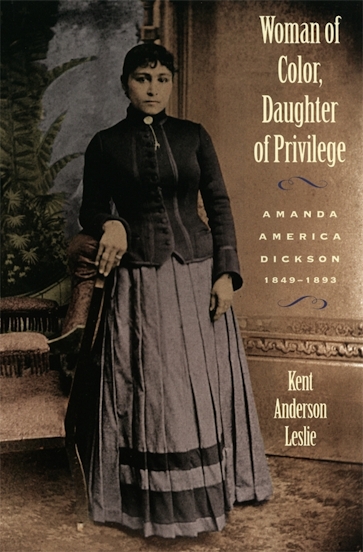Defending Home and Hearth: Walter White Recalls the 1906 Atlanta Race RiotPosted in Articles, Autobiography, Media Archive, United States on 2011-10-12 22:21Z by Steven |
Defending Home and Hearth: Walter White Recalls the 1906 Atlanta Race Riot
Web Source: History Matters: The U.S. Survey Course on the Web
Walter White, A Man Called White
1948; reprint, New York: Arno Press, 1969
pages 5–12
Walter White (1893-1955)
The riots that broke out between 1898 and 1906 were part of a pattern of anti-black violence that included several hundred lynchings each year. One of the most savage race riots in these years erupted in Atlanta on September 22, 1906 after vague reports of African Americans harassing white women. Over five days at least ten black people were killed while Atlanta’s police did nothing to protect black citizens, going so far as to confiscate guns from black Atlantans while allowing whites to remain armed. In this selection from his memoirs, Walter White, the future head of the NAACP recalled how, at age 13, he and his father defended their home from white rioters.
The unseasonably oppressive heat of an Indian summer day hung like a steaming blanket over Atlanta. My sisters and I had casually commented upon the unusual quietness. It seemed to stay Mother’s volubility and reduced Father, who was more taciturn, to monosyllables. But, as I remember it, no other sense of impending trouble impinged upon our consciousness.
I had read the inflammatory headlines in the Atlanta News and the more restrained ones in the Atlanta Constitution which reported alleged rapes and other crimes committed by Negroes. But these were so standard and familiar that they made—as I look back on it now—little impression. The stories were more frequent, however, and consisted of eight-column streamers instead of the usual two or four-column ones.
Father was a mail collector. His tour of duty was from three to eleven P.M. He made his rounds in a little cart into which one climbed from a step in the rear. I used to drive the cart for him from two until seven, leaving him at the point nearest our home on Houston Street, to return home either for study or sleep. That day Father decided that I should not go with him. I appealed to Mother, who thought it might be all right, provided Father sent me home before dark because, she said, “I don’t think they would dare start anything before nightfall.”Father told me as we made the rounds that ominous rumors of a race riot that night were sweeping the town. But I was too young that morning to understand the background of the riot. I became much older during the next thirty-six hours, under circumstances which I now recognize as the inevitable outcome of what had preceded.
…Late in the afternoon friends of my father’s came to warn of more trouble that night. They told us that plans had been perfected for a mob to form on Peachtree Street just after nightfall to march down Houston Street to what the white people called “Darktown,” three blocks or so below our house, to “clean out the niggers.” There had never been a firearm in our house before that day. Father was reluctant even in those circumstances to violate the law, but he at last gave in at Mother’s insistence…
Read the entire text here.





